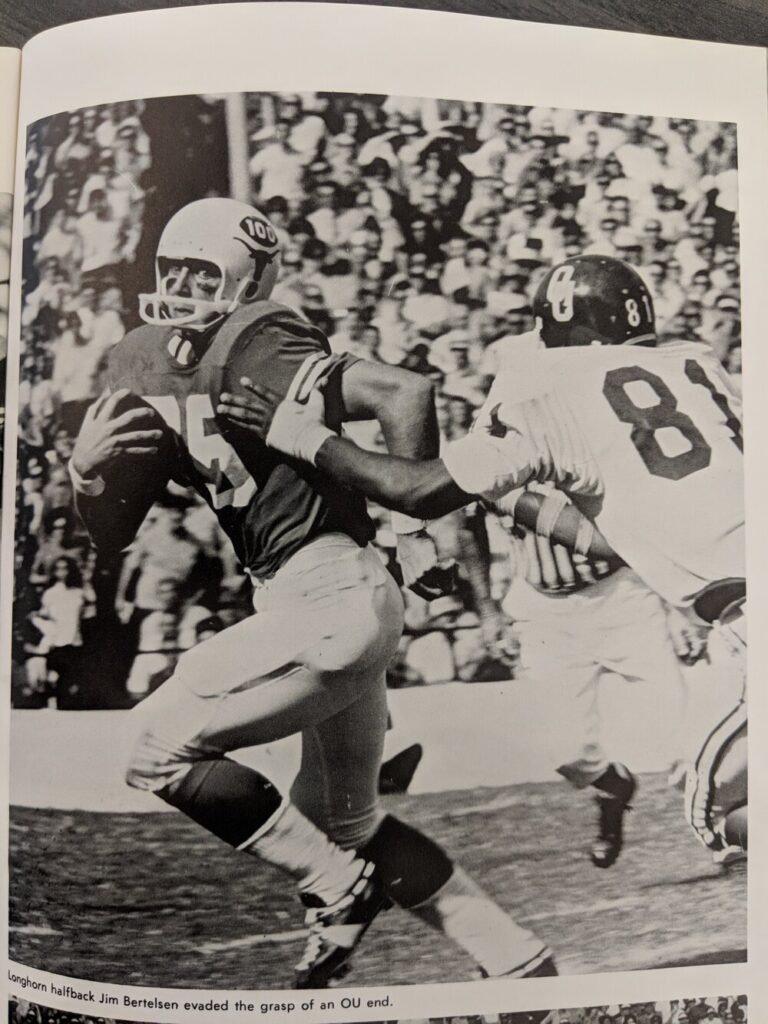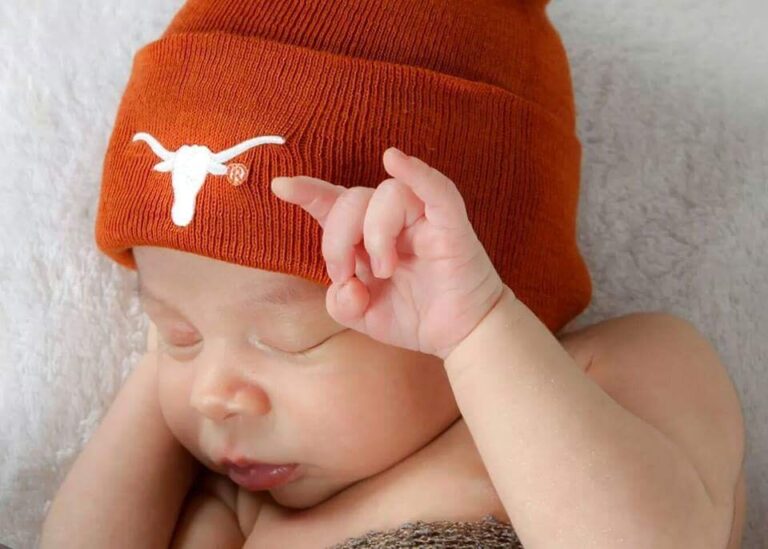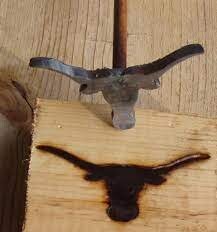Duke Carlisle, Face Mask Enigma, 1990 swimming, Richard Wortham
|
||||||||||||||||||||||||||||||||||||||||||||||||||||||||||||||||||||||||||||||||||||||||||||||||||||||||||||||||||||||||||||||||||||
|
||||||||||||||||||||||||||||||||||||||||||||||||||||||||||||||||||||||||||||||||||||||||||||||||||||||||||||||||||||||||||||||||||||

View in Browser Jim Bertelsen has passed away Scott Palmer and Chal Barnwell contacted me with the information. TLSN has set up a special page for updates. Right now, there is nothing on Jim’s page, but as information begins to flow, the content will be added. Save the link. https://texas-lsn.squarespace.com/jim-bertelsen TLSN is not associated with…
View in Browser Texas -O.U. Special Edition- Volume VI Newsletter #23 10/03/2021 Click on “View in Browser highlighted above in white lettering if the newsletter is not to scale or no images are present. Norman Fitzroy Maclean was an American author and scholar noted for his book “A River Runs Through It.” In the movie…

View in Browser Top of the Queue Volume VII newsletter #15 7-7-2023 TLSN is not associated with the UT Athletic Department, or any organization closely aligned with UT. As a follow-up to the July 4th, 2023, Independence Day celebration, enjoy the inspirational music at https://youtu.be/9ETrr-XHBjE . IMPORTANT: Please click on the white letters shown above…

Top of the Que Volume V Newsletter #13 TLSN is an independent organization celebrating Longhorn Sports History . TLSN is not associated with the UT Athletic Department or any organization closely aligned with UT. The website and newsletter are free, insightful, historical, and educational. HOOK’EM ORIGIN 1955 is the Beginning of Big Bertha and the…

View in Browser Texas Legacy Support Network TLSN interviews Kiki DeAyala With the most enduring records in UT football history, Kiki DeAyala launches TLSN’s new Q&A series. Kiki fondly remembers teammates and an Aggie QB and offers thoughts on cooking, photography, business by the beach, and The American Dream. TLSN has created some new venues…

View in Browser Top of the Que 06/16/2019 Volume IV Newsletter #15 – Joshua Yeoman, Tyres Dickson, Robert Brewer, and Coach Abe Lemons. Website address is https://texaslsn.org Top of the Que 05/06/2019 Volume IV Newsletter #14 1) Joshua Yeoman, son of Longhorn football player Gary Yeoman, has passed away. A tribute to this young man…